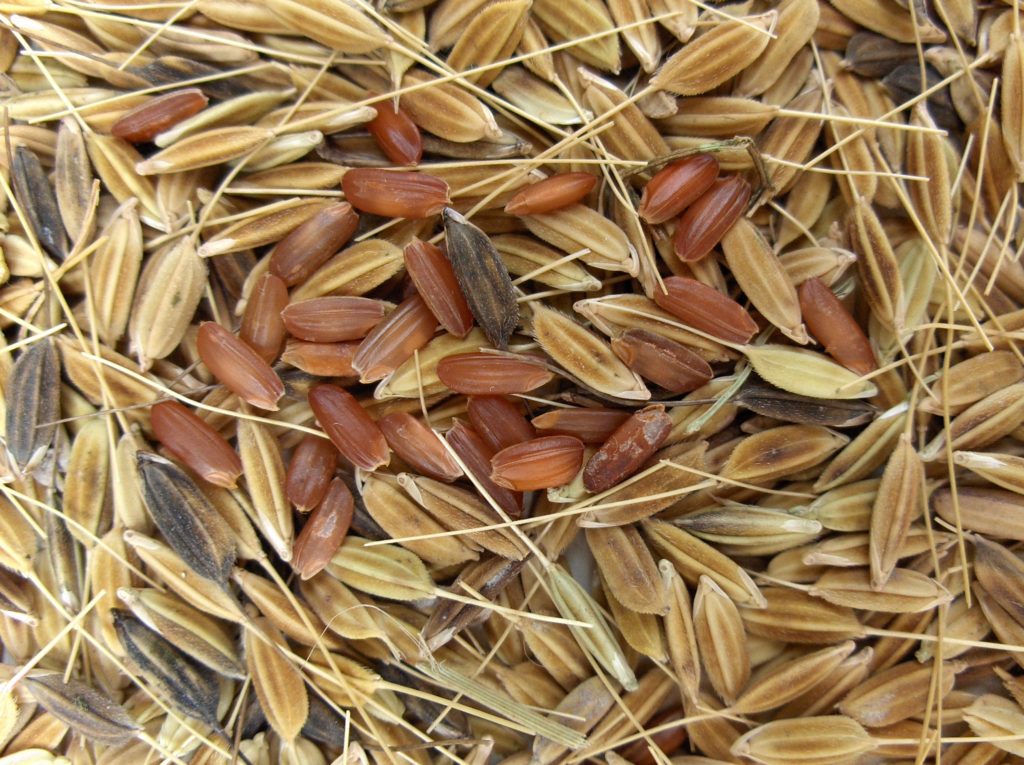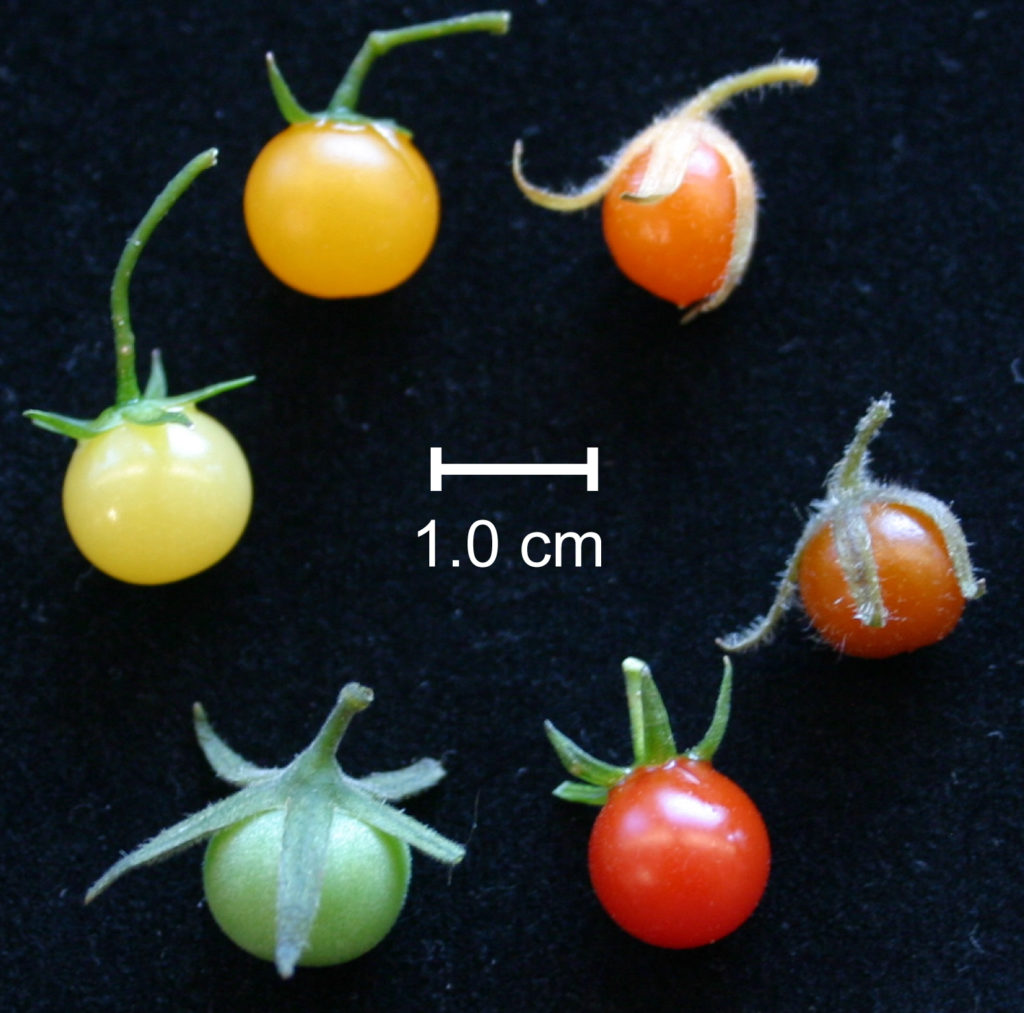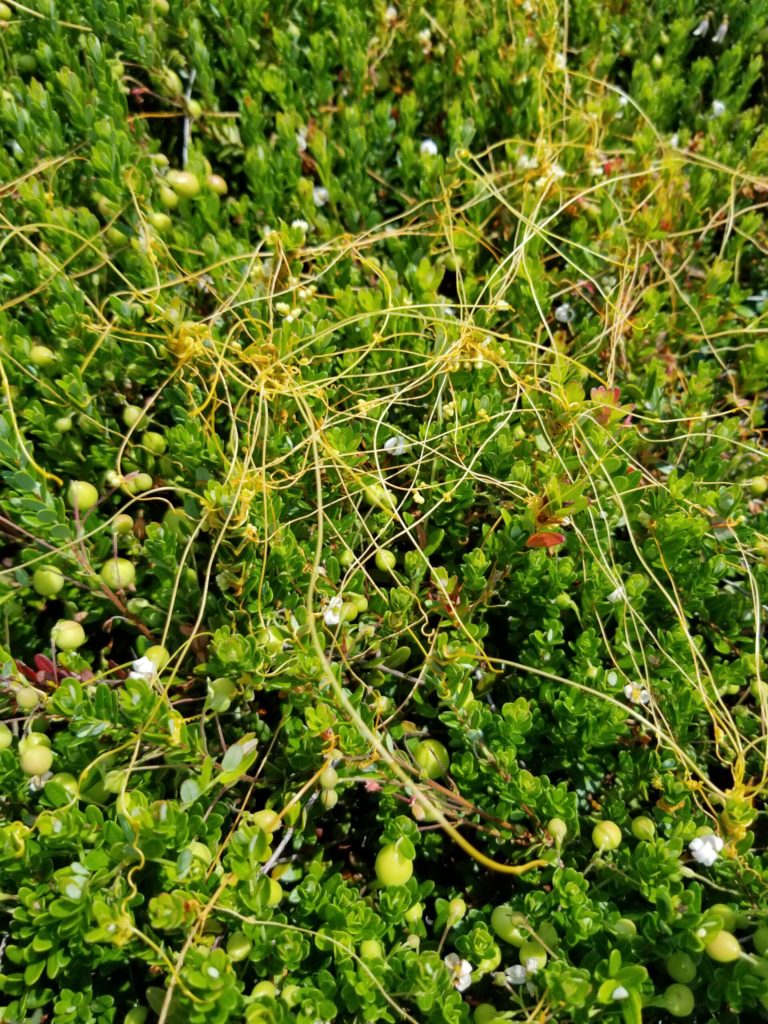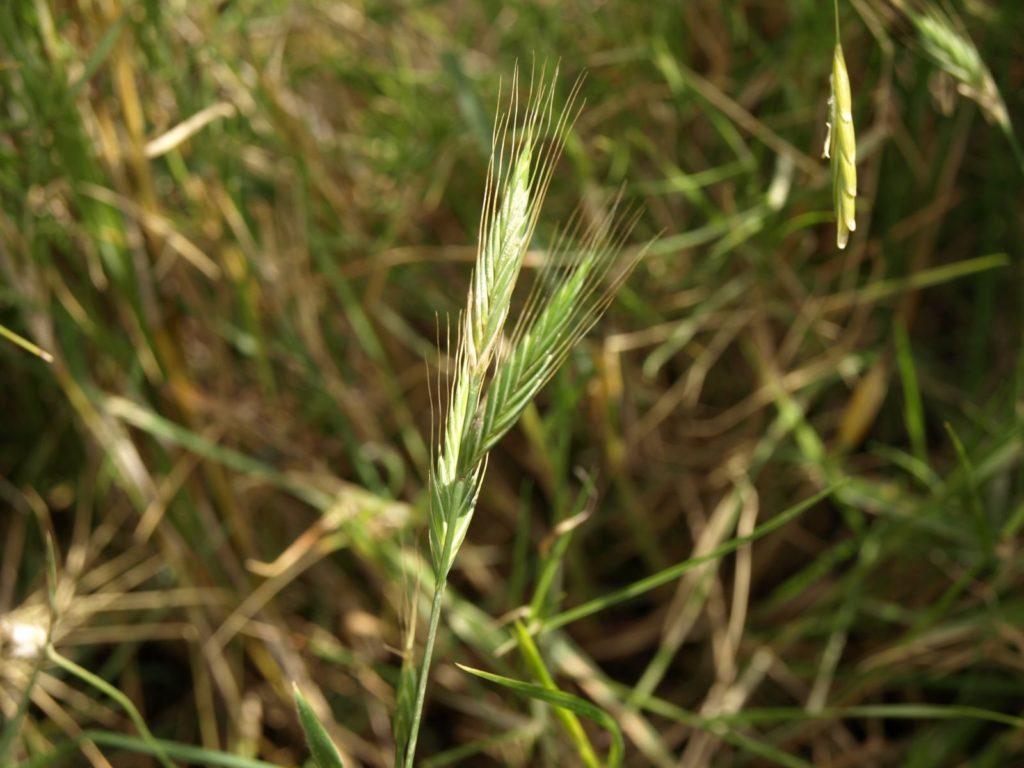We are interested in the evolution of a variety of weedy and domesticated species, and always open to studying new systems.

The evolutionary genomics of weedy rice
Weedy plants that infest crop fields are a primary factor limiting agricultural productivity worldwide. Weedy rice (Oryza spp.) invades cultivated rice fields around the world, affecting one of the primary calorie sources for a large proportion of the world’s population. Our work, and that of others, has shown that weedy rice has evolved independently many times and from a variety of genetic backgrounds. However, most weedy rice origins have been from cultivated ancestors through a process of de-domestication. Much of our current focus is on understanding the genetic basis of traits that enable competitiveness in weedy rice, such as seed shattering (seed dispersal) and others. Our research on weedy rice has been supported by NSF grants DBI-0638820, IOS-1032023, and IOS-1947609.
Tomato domestication and the evolution of fruit traits
Tomatoes (Solanum spp.) comprise ~13 species, which have diversified to occupy a great variety of environments in South and Mesoamerica. The tomato clade contains a fascinating range of intra- and interspecific phenotypic variation in fruit traits. We are interested in understanding the very convoluted domestication history of cultivated tomatoes (S. lycopersicum), and how fruit traits have changed in the course of domestication. We are also characterizing the fruit trait diversity among wild tomato species to assess the roles of environment and evolutionary history on trait variation, and to discover beneficial alleles that can contribute to crop improvement efforts. Our research on tomato fruit trait evolution has been supported by NSF IOS-1444539.


The population genetics of weedy dodder
In partnership with Dr. Hilary Sandler of the UMass Cranberry Station, we are studying the genetic diversity of Cuscuta spp. (dodder) that infest commercial cranberries in Massachusetts. Dodder is a parasitic plant, and its infestations can result in 50-100% yield loss in cranberries. Control of dodder is hampered by difficulties in identifying weedy species, which have no leaves or defining features due to their parasitic lifestyle, and lack of knowledge about the sources of these weeds. With support from the UMass Center for Agriculture, Food and Environment (CAFE) we are using genomic approaches to determine the relationships between dodder occurring in commercial bogs and in uncultivated environments, and understand the basis of successful weediness in dodder species.
Developing natural diversity resources for a grass model species
Many of the most important crops and weeds in the world are grasses, but resources for grass model systems have lagged behind that of dicot, Arabidopsis thaliana. With Hatch support, in collaboration with UMass colleagues, Drs. Sam Hazen and Ludmila Tyler, we have been developing natural diversity resources to enable efficient gene discovery in the grass species, Brachypodium distachyon. We have also undertaken efforts to develop B. distachyon as a system in which the effects of plant growth-promoting bacteria can be reliably assessed.


